Words: 2403 | Estimated Reading Time: 13 minutes | Views: 16
From the completion of the Yamanote Line’s new Takanawa Gateway station in 2020 to the 2025 transformation of the former railyard into the new district 'TAKANAWA GATEWAY CITY', this sequence of events is not only a typical case of JR East using real estate to offset pressure on railway revenues, but it also exposes tensions among institutional processes, public opinion, and archaeological preservation in large-scale redevelopment.
Timeline: From conception to Takanawa Gateway City in 2025
The Takanawa Gateway redevelopment, led by JR East, transforms approximately 9.5 hectares of the former Tamachi railyard north of Shinagawa into a new urban district integrating offices, retail, hotels, cultural facilities, and residences. The plan was first proposed in June 2014 when JR East announced a new station between Tamachi and Shinagawa and the development of surrounding land. After years of planning, the city planning approval process began in 2018 and Tokyo formally approved the Shinagawa Development Project (Phase I) in April 2019.
On March 14, 2020, the first new station on the Yamanote Line in 49 years — Takanawa Gateway station — officially opened, laying the groundwork for subsequent urban development. With the station in operation, JR East vacated and reduced functions of the former vehicle yard, releasing a large area of land for redevelopment. In May 2023, JR East announced the new district name 'TAKANAWA GATEWAY CITY' and unveiled the development concept, branded as the 'Global Gateway', positioning it as 'a living laboratory for an enriched life looking a century ahead'. The project design integrates Takanawa’s historical legacy (such as its role as an Edo-period gateway and the Meiji-era site of Japan’s first railway) and the proximity to Haneda Airport, aiming to create an international hub for exchange and innovation.

After several years of construction, Takanawa Gateway City held its machi-biraki (opening ceremony) on March 27, 2025. The first to open was the ultra-high-rise tower facing the station, 'THE LINKPILLAR 1' (one of the twin north and south towers). At the same time, a new south ticket gate at Takanawa Gateway station and an 11-meter-wide pedestrian walkway crossing the tracks and connecting to the Shibaura area to the east were opened, greatly improving east-west station connectivity. At the district opening in 2025, portions of office floors in the mixed-use tower, retail spaces and a conference center began operations. The JW Marriott hotel formally opened on October 2, 2025. The large shopping complex developed by JR East and partner Lumine, 'NEWoMan Takanawa', opened on September 12, 2025, gathering around 180 stores and becoming one of Lumine’s largest retail facilities.
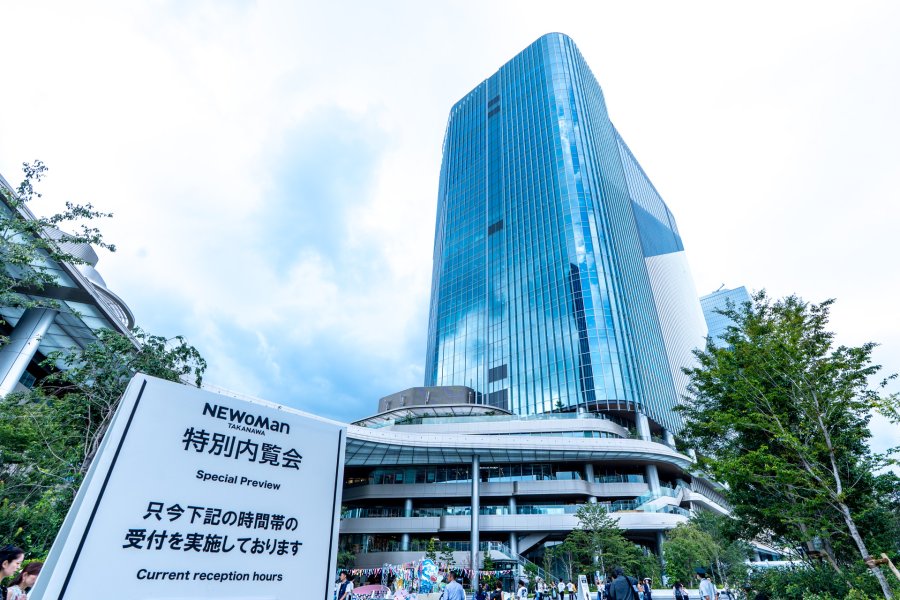
According to the plan, the remaining major components of the project were scheduled for completion and phased openings within fiscal 2025 (i.e., by March 2026), including the second ultra-high-rise tower 'THE LINKPILLAR 2', the cultural and creative facility 'MON Takanawa: The Museum of Narratives', and the high-end residential tower 'TAKANAWA GATEWAY CITY RESIDENCE'. The cultural facility was planned to open on March 28, 2026, and the residential tower was slated for occupancy in spring 2026. At that point, Takanawa Gateway City would be fully open, marking the completion of Phase I. Notably, a parcel at the southern end of the site near Shinagawa Station has been reserved for a potential Phase II expansion, indicating further long-term development potential.
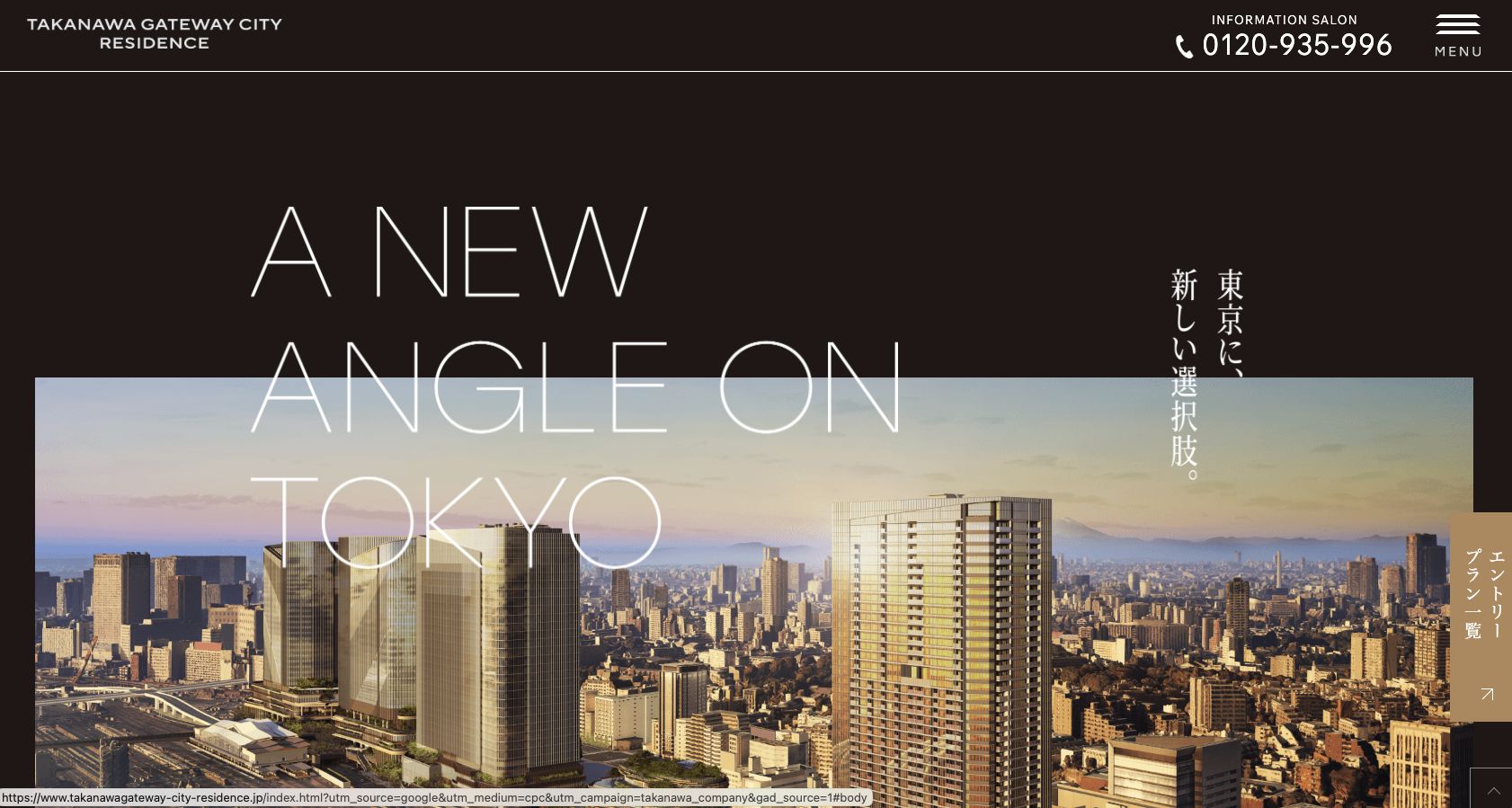
Conflicts and challenges during implementation
Although the Takanawa Gateway project has received significant attention, it has encountered multiple conflicts and challenges during implementation requiring stakeholder coordination.
Community feedback and the station-naming controversy
The new station name '高輪ゲートウェイ' (Takanawa Gateway) sparked public controversy. When JR East solicited station name suggestions in 2018, traditional local names like 'Takanawa' and 'Shibaura' received the most public votes, while the katakana-infused name 'Gateway' received only 36 votes, ranking 130th. JR East nonetheless chose 'Takanawa Gateway', leading many to question the sincerity of the public consultation. A group of scholars and writers jointly petitioned and collected about 40,000 signatures submitted in March 2019, requesting JR East withdraw the name. Opponents argued the new name showed insufficient respect for local history and amounted to a clumsy English collage. Although JR did not change the station name, the episode highlighted the community’s emphasis on cultural continuity and local identity. Since then, developers have emphasized the 'Takanawa' imagery and historical narratives in communications to ease resistance.
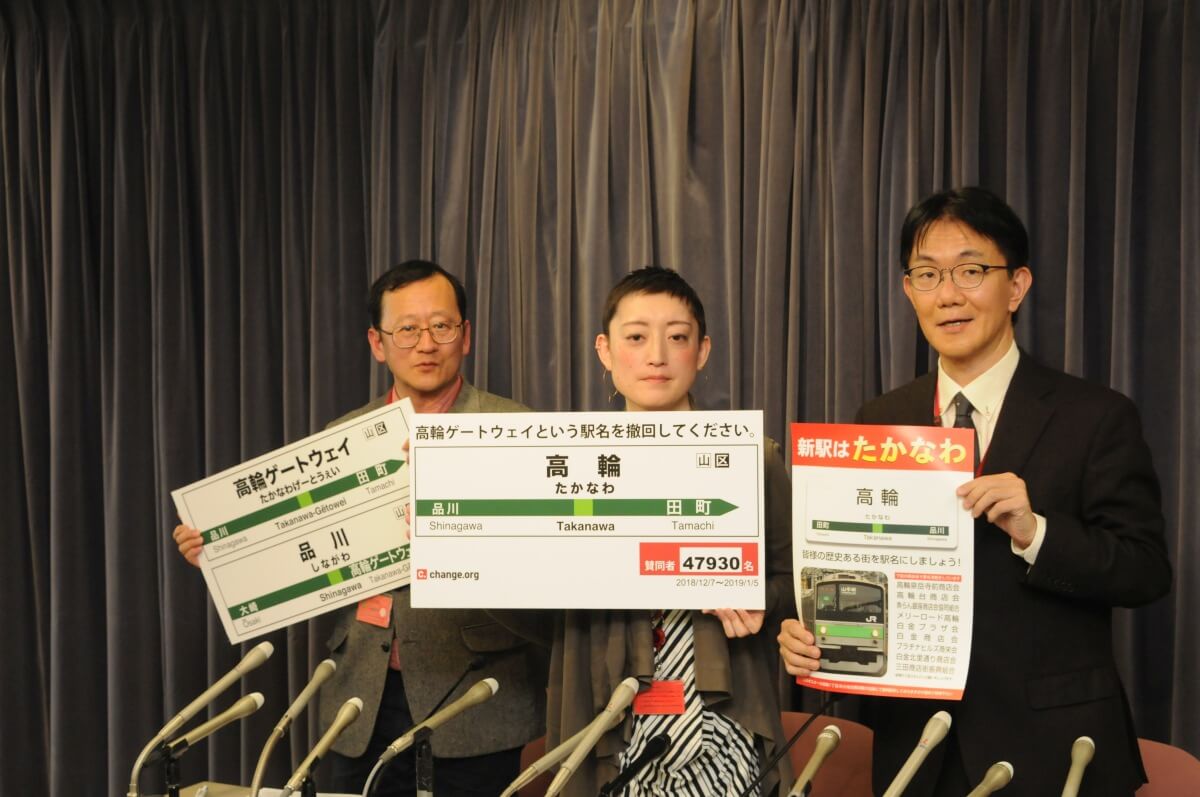
Discovery and preservation of historical relics
In 2019, construction-site excavations unexpectedly uncovered the Takanawa embankment — a Meiji-era stone revetment associated with Japan’s first railway (Shinbashi–Yokohama) and of high historical value. The find attracted intense attention from cultural heritage authorities and public opinion; then-Prime Minister Yoshihide Suga visited the site and requested careful preservation. JR East, which originally sought to make full use of the valuable land in front of the station, found itself in a difficult position after the government’s preservation request. After negotiations, a compromise was reached: part of the embankment would be preserved and displayed in situ, while other portions would be relocated or documented and archived, balancing development needs and conservation. The project plan now reserves space for visitors to view the embankment remains, preserving historical culture while adding a distinctive feature to the new district.
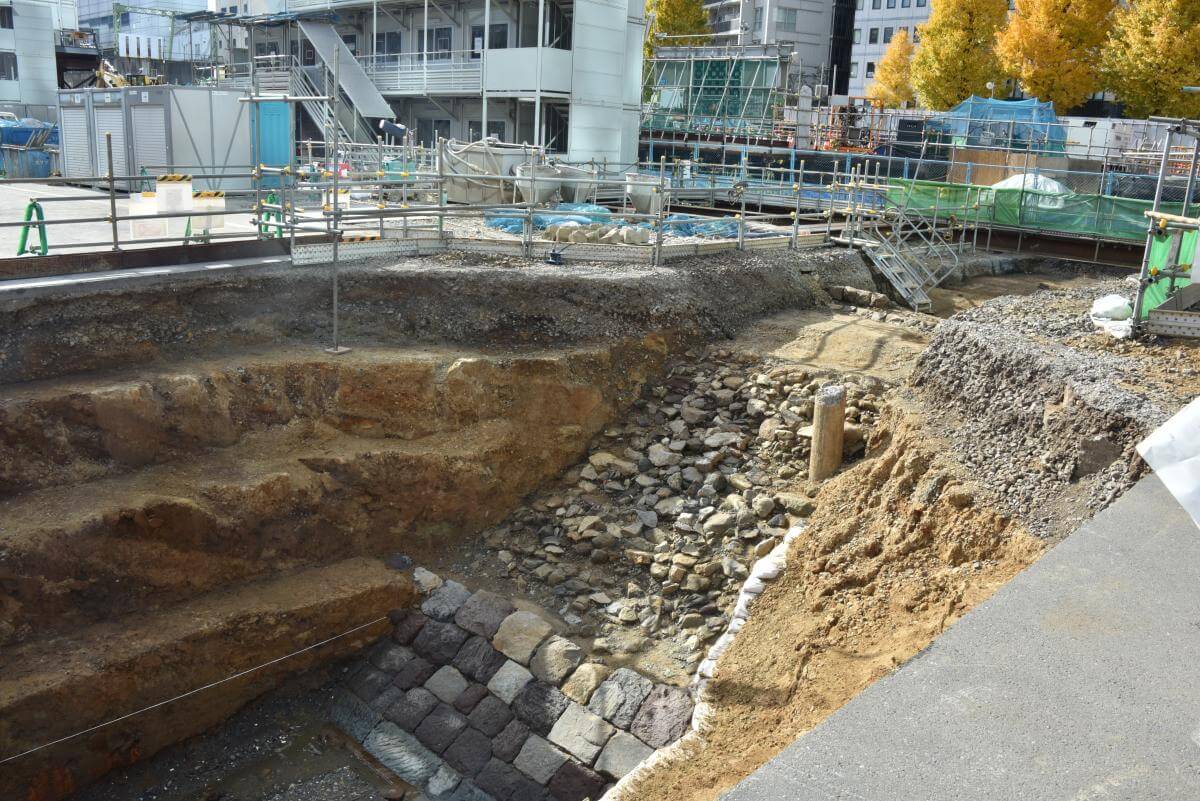
Transport integration and infrastructure connectivity
Located between rail corridors and the existing urban road network, achieving seamless connectivity between the new district and surrounding transport systems was a major challenge. The developer implemented multiple measures: adding a new south station entrance and constructing a pedestrian bridge over the tracks directly to the Shibaura Central Park to increase walkability; coordinating with the nearby Sengakuji Station redevelopment and reserving space for a future pedestrian deck to directly link Takanawa Gateway with the Sengakuji subway station to enable seamless inter-station transfers; and, anticipating concentrated freight demand from retail openings, establishing an external logistics consolidation hub in Heiwajima on Tokyo Bay and using hydrogen fuel-cell trucks to shuttle goods 6 kilometers to Takanawa Gateway City. This innovative logistics model prevents a large number of trucks from converging on the site at once, improves delivery efficiency, and eases local traffic pressure — a useful experiment in smart-city transport management. Through these measures, the project worked to remove physical barriers and bottlenecks to integrate old and new districts.
Leasing and operational pressures
The success of a large mixed-use complex’s commercial operations is critical to the overall quality of the project. Although Takanawa Gateway sits in a prime Minato-ku location, the surrounding area lacked an established commercial district and customer demand essentially had to be built from scratch. This risk is apparent in other Tokyo redevelopment cases: for example, Shibuya Sakura Stage, despite claiming direct access to Shibuya Station, was criticized as underwhelming shortly after opening due to a lack of distinctive tenants and footfall; likewise, the commercial facilities at Haneda Airport Garden that opened in 2023 were labeled a failure because of sparse visitors.
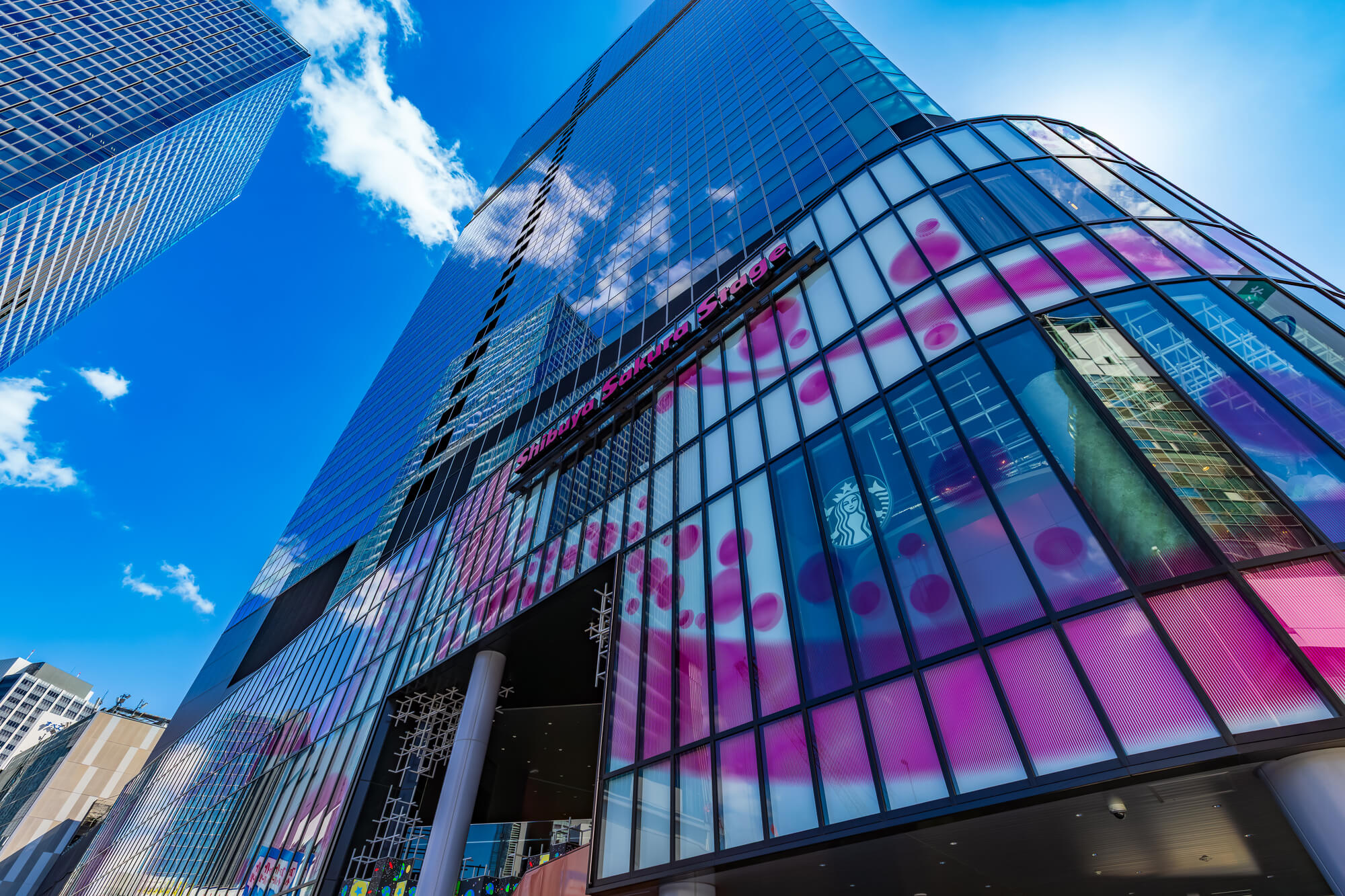
Learning from these precedents, JR East understood that Takanawa Gateway could not afford to fail. During leasing they adopted several strategies to mitigate operational risks: securing heavyweight anchor tenants early — for example, the office tower locked in telecommunications giant KDDI to relocate its headquarters, ensuring a steady daytime workforce; partnering with Marriott to introduce Tokyo’s first JW Marriott to boost international appeal; and appointing JR East’s experienced Lumine division to operate the retail complex. NEWoMan Takanawa is positioned as a 'refined lifestyle' destination, bringing in a diverse tenant mix from high-end dining and fashion to experiential concepts, and creating signature spaces such as the sky-terrace restaurant 'Luftbaum' and a family-friendly area 'Komorebira'. By curating differentiated uses, the project seeks to avoid redundancy with other Tokyo retail centers and establish its own unique selling points.
In addition, JR East invested heavily in pre-opening marketing: after the station opened it staged novel events like DJ concerts to attract visitors and build buzz; 150 days before the district opening, senior executives personally held a press briefing to prime interest. These actions helped Takanawa Gateway City attract widespread attention and achieve a solid initial launch. Still, industry observers note that the long-term prosperity of large redevelopments depends on sustainable operations rather than initial fanfare; Takanawa Gateway will need to continue its efforts.

Regional value and urban function outlook from an investor perspective
As one of central Tokyo’s largest redevelopment projects in recent years, the completion of Takanawa Gateway City will have far-reaching implications for regional development and investment value. From a mid- to long-term investor perspective, the following conclusions can be drawn:
Location upgrade: enhanced hub value:
The Shinagawa–Takanawa area is already a major southern Tokyo transport node, integrating Shinkansen, the JR loop, and Keikyu lines. With Takanawa Gateway completed, the area’s role as a 'global gateway' will be further strengthened. On one hand, new office and conference facilities will attract international firms and events; combined with close proximity to Haneda Airport, the district is expected to draw high-value business travelers and consumption. On the other hand, planned connectivity — such as pedestrian decks linking to Sengakuji Station and broader rail network expansions (e.g., a potential Shinagawa station for a Tokaido Shinkansen extension and the Chuo Maglev project) — will elevate the site’s hub function.
For investors in Minato-ku real estate, this implies sustained attractiveness and upward pressure on land values. Historical examples show iconic mixed-use developments often lift nearby property prices: after Roppongi Hills opened, surrounding land prices rose noticeably within five years and accumulated a 165% increase over 17 years. Takanawa Gateway City has the potential to replicate this effect, injecting upward momentum into the broader 'Shinagawa sphere'. JR East’s president has even proposed a 'Greater Shinagawa' concept, anticipating that a series of developments including Takanawa Gateway could become a new revenue pillar generating roughly 100 billion yen annually. This is a significant positive for regional investment value.
ThroughUrbalytics we observe that new condominiums near Takanawa since 2020 rose 124% over three years — nearly doubling.
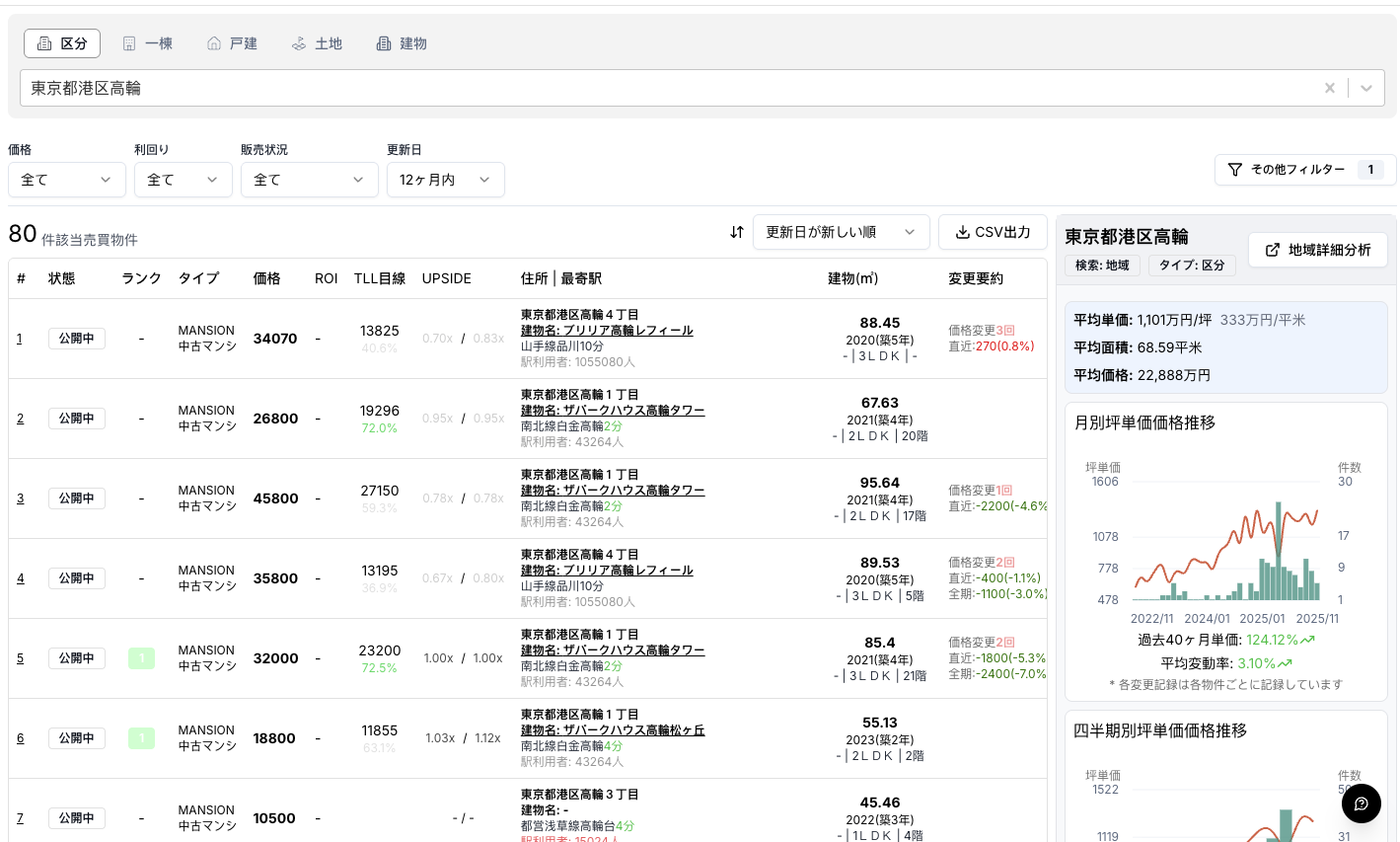
Qualitative improvement of urban functions:
The Takanawa Gateway redevelopment brings more than new buildings; it systematically upgrades urban functionality. At the urban-design level, the project closes the historical cleavage created by railway land, organically linking the seaside Shibaura area to the east with the inland Takanawa area to the west. Formerly divided neighborhoods are now connected via pedestrian bridges and ground-level streets, significantly improving continuity and accessibility of urban spaces. This infrastructure upgrade will raise residents’ convenience and expand the commercial catchment area. From an industry-structure perspective, Takanawa Gateway introduces high-end service sectors (fintech, communications R&D, etc.) and international education resources, filling functional gaps and promoting industry diversification. This kind of industry–city integration strengthens regional resilience and growth momentum.
On the cultural side, facilities such as the Museum of Narratives, a multipurpose conference center, and park promenades provide new public spaces and cultural amenities, addressing the historical shortage of cultural venues around Shinagawa Station. In particular, the creation of a park around the Takanawa embankment both preserves historical context and transforms it into an educational and tourism asset, enhancing the district’s humanistic appeal. From an urban-operations standpoint, if experimental smart-city systems (city OS, digital twin) perform well, they could be scaled to other Tokyo districts and elevate overall urban governance. These functional upgrades will ultimately reflect in regional value — a well-equipped, vibrantly diverse district will attract investors and high-quality residents, creating a virtuous cycle.
Looking ahead: possible directions for institutional reform and market trends
In summary, the Takanawa Gateway redevelopment combines strategic importance with innovative practice, and its success would greatly enhance Tokyo’s model value for urban renewal. From an investor’s perspective, the area has long-term appreciation potential: scarcity of prime land, hub status, and integrated functional advantages together suggest it could become a new economic growth center and high-end property cluster in Tokyo. Of course, realizing investment returns depends on effective management of the challenges outlined above. If the project team continues to pursue collaborative, intelligent, and open operational approaches, Takanawa Gateway City can grow beyond a cluster of towers into a vibrant new urban center. Over the next five to ten years, as the project matures and Phase II is advanced, the district’s urban functions and value should rise further. For stakeholders watching Japanese urban renewal and real estate investment, this is a development worth sustained attention and deep analysis. Lessons from Takanawa Gateway will also provide valuable references for Tokyo and other major Asian cities undertaking urban regeneration.
That said, investors should recognize candidly that returns from Takanawa Gateway are a long-distance run rather than a short-term gamble. As industry professionals note, the maturity of a new urban center typically requires 10 to 25 years of observation. After the initial rush subsides, sustained prosperity will depend on many factors including macroeconomic trends, Tokyo metropolitan policies, and the project’s own operational management. For example, Japan’s sluggish economy and demographic aging mean long-term net office demand may be limited; Takanawa Gateway’s office leasing could face fierce mid-term competition and will need continuous effort to attract emerging industry tenants. The retail component will also be tested as other Tokyo commercial districts (such as Yaesu and Tsukiji) undergo concurrent redevelopment. Operators must therefore keep offering fresh content to retain footfall. Fortunately, JR East has demonstrated strong strategic commitment and learning aptitude. Company executives have repeatedly emphasized this project is of company-wide significance and have pledged resources to secure its success, suggesting ongoing marketing and leasing support is likely. In addition, Minato Ward and the Tokyo metropolitan government view the project as a means to enhance the city’s international competitiveness, so policy support (for example tax incentives and flagship events) is expected to continue.
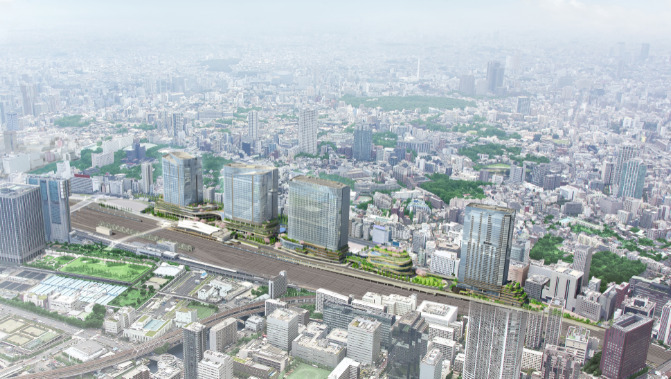
#TakanawaGateway #Redevelopment #JREast #UrbanRenewal #CommercialFacilities #ArchaeologicalPreservation #InvestmentRisks #DueDiligence #NYCStyle #NEWoMan #RealEstateData #Urbalytics #CapEx #SocialAcceptance #PhasedDevelopment
Sources:
https://tetsudo-ch.com/12925313.html Development progress in front of Takanawa Gateway Station, January 2024 edition — JR East/Shinagawa development project 'TAKANAWA GATEWAY CITY'
Did lessons from Azabudai Hills and Shibuya Sakura Stage inform NEWoMan Takanawa? (Rakumachi Newspaper) https://finance.yahoo.co.jp/news/detail/...
Takanawa GW redevelopment machi-biraki on March 27, 2025 https://www.tokyo-takken.or.jp/re-port/77179
Causes of tenant shortages at Azabudai Hills and Mori Building’s measures https://topicsjapan.com/social/azabudaihillsmoribill/
Copyright: This article is original content by the author. Please do not reproduce, copy, or quote without permission. For usage requests, please contact the author or this site.
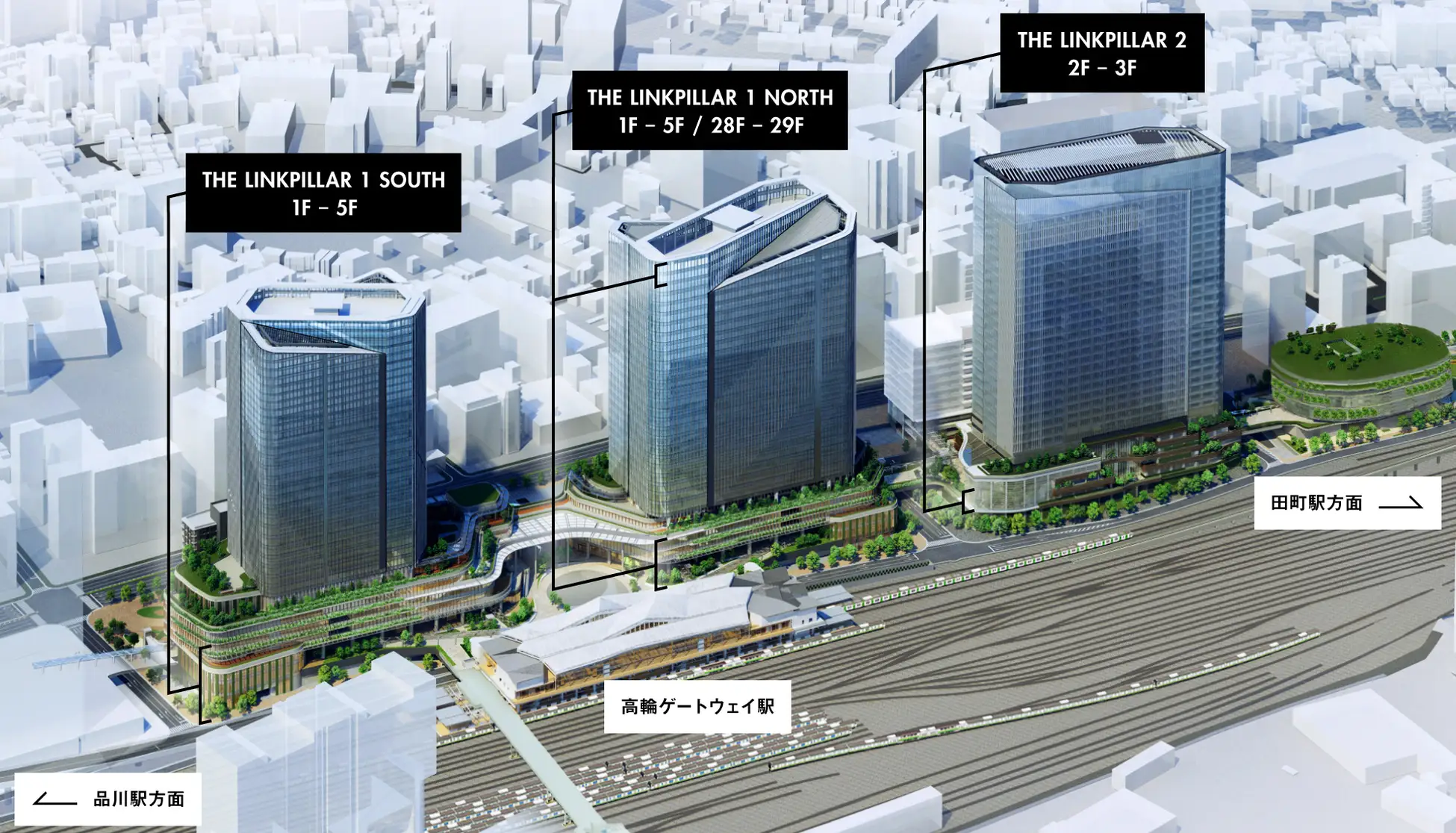

![[Case 03] Detached House in Mishuku, Setagaya | Seller with Gradual Price Reductions](/_next/image?url=https%3A%2F%2Fs3.ap-northeast-1.amazonaws.com%2Furbalytics.reins.downloads%2Fblog-images%2F1762780285621-Screenshot%202025-11-10%20at%2022.08.50.png&w=3840&q=75)
![[Case 02] Takada 3-chome, Toshima Ward | Entire Income Building Resold at JPY 220,000,000 — A Twofold Resale Flip](/_next/image?url=https%3A%2F%2Fs3.ap-northeast-1.amazonaws.com%2Furbalytics.reins.downloads%2Fblog-images%2F1762146957221-Screenshot%202025-11-03%20at%2014.00.15.png&w=3840&q=75)
![[Case 01] JPY 63,000,000 — 10%: RC Investment Building, 3-Min Walk to Keisei-Tateishi, Katsushika](/_next/image?url=https%3A%2F%2Fs3.ap-northeast-1.amazonaws.com%2Furbalytics.reins.downloads%2Fblog-images%2F1761725288924-1.png&w=3840&q=75)